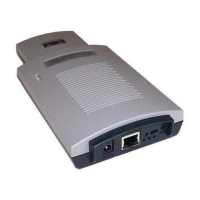
Do you have a question about the Cisco Aironet 1100 Series and is the answer not in the manual?
| Brand | Cisco |
|---|---|
| Model | Aironet 1100 Series |
| Category | Wireless Access Point |
| Language | English |
Describes the access point's hardware and software capabilities.
Provides essential safety guidelines for operating the access point.
Explains the procedures for connecting the access point to the network and power sources.
Explains the different modes in Cisco IOS and their command availability.
Details methods to restrict unauthorized access and control user permissions.
Explains password protection and privilege levels for securing EXEC commands.
Describes how to manage access using Remote Authentication Dial-In User Service (RADIUS).
Explains the role and configuration options for multiple Service Set Identifiers (SSIDs).
Details the process of creating and managing multiple SSIDs with various settings.
Explains Wired Equivalent Privacy (WEP) encryption and its security features like MIC and TKIP.
Guides on setting up WEP, TKIP, MIC, and broadcast key rotation for wireless security.
Describes various authentication mechanisms like Open, Shared Key, EAP, and MAC Address.
Details how to configure authentication methods for SSIDs, including defaults and intervals.
Provides a cross-reference for aligning client and access point security settings for compatibility.
Explains the RADIUS protocol and its role in network security and access control.
Guides on setting up RADIUS servers, authentication, authorization, and accounting.
Explains Virtual LANs (VLANs) for network segmentation and management.
Details the process of assigning SSIDs to VLANs and enabling VLANs on interfaces.
Explains Quality of Service (QoS) and its importance for wireless network traffic management.
Details how to configure QoS policies using the web-browser interface and command line.
Explains the proxy mobile IP feature and its network components and operation.
Guides on configuring proxy mobile IP on wired networks and access points, including security.
Explains protocol, IP, and MAC filters for controlling network traffic.
Guides on creating and enabling MAC, IP, and Ethertype filters via the web interface.
Guides on configuring SNMP, community strings, trap managers, and agent information.
Provides steps to configure an access point as a repeater, including parent association and LEAP client setup.
Covers creating, downloading, uploading, and clearing configuration files for access points.
Explains how to archive, download, and upload software images using TFTP, FTP, and RCP.
Guides on configuring message logging, including destinations, timestamps, sequence numbers, and severity levels.
Identifies common causes of lost wireless connectivity related to basic settings like SSID and WEP.
Details methods to reset the access point to factory default settings using the MODE button or web interface.
Provides procedures for reloading the access point firmware image via MODE button or web browser.


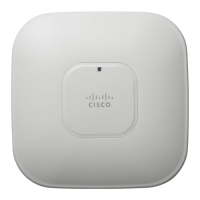
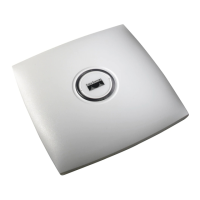
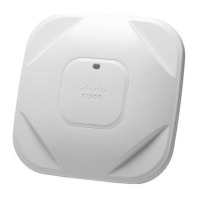
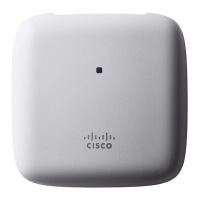




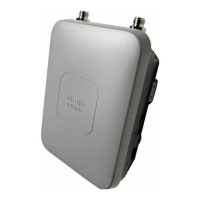
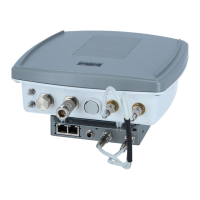
